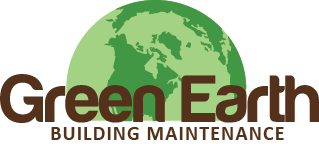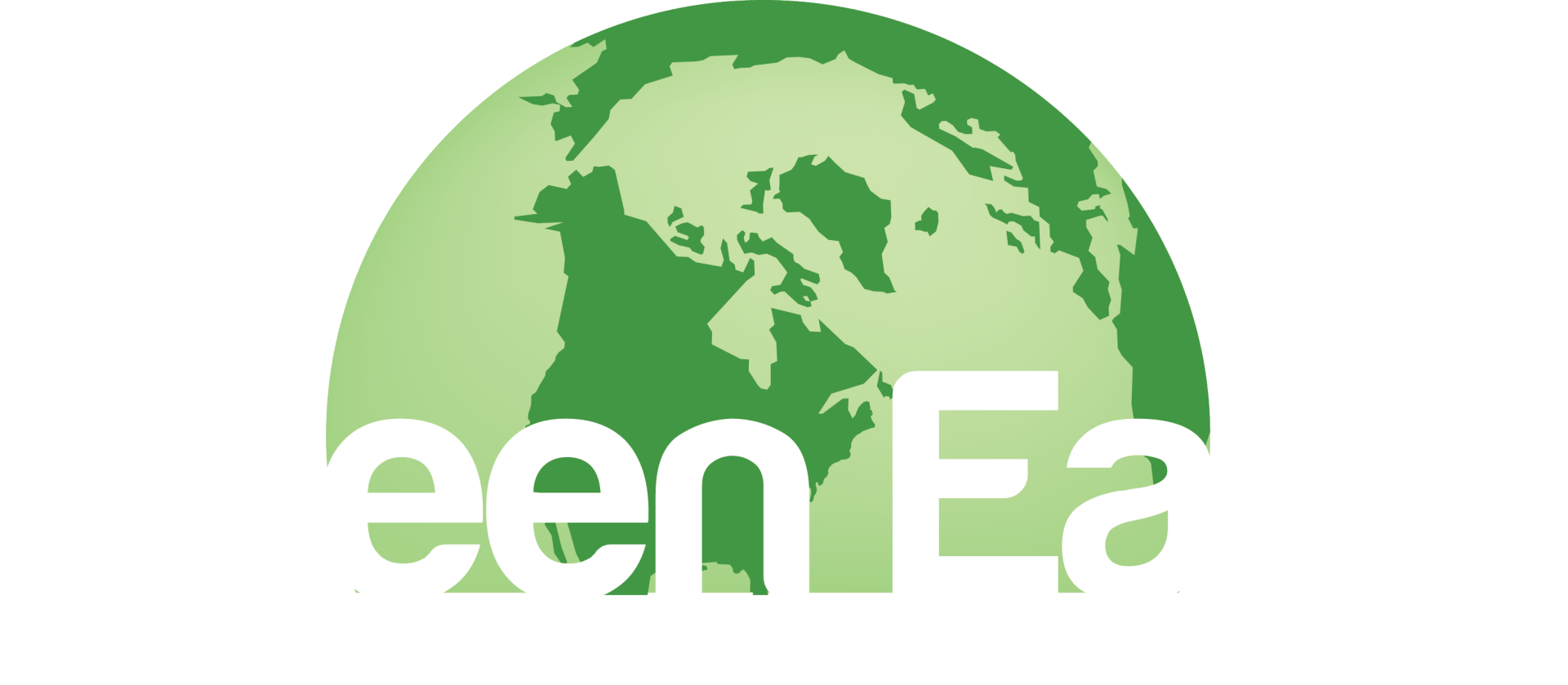How to Determine Your 3PL System Requirements
Kim Chi Vu • June 20, 2019
The internet has created a level playing field for sellers, spawning legions of ecommerce companies which became merchandise category killers. By a category killer we mean their assortment is narrow and deep and takes sales away from established sellers by offering more online choices.
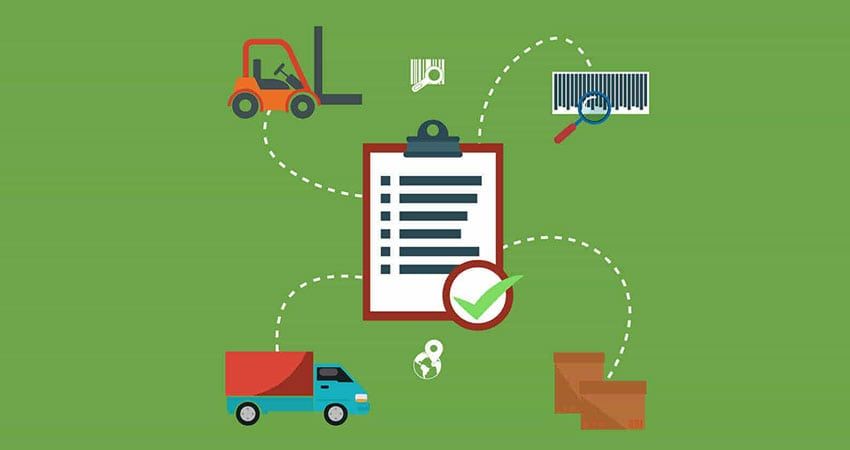
Amazon, Wayfair, Walmart, eBay, Target and others have become platforms for selling product online and in stores. In turn ecommerce companies have become multichannel in terms of systems and fulfillment capabilities.
Developing and selling unique product is king. But critical systems functionality and efficient fulfillment are at the heart of this multichannel strategy. In all cases, merchants must meet compliance standards of marketplaces and big-box stores. Many third-party logistics (3PL) businesses are ideally suited for bringing this functionality and cost effectiveness to ecommerce, manufacturers and brands.
Time to market will often be considerably faster and at lower costs when using a 3PL. As you look at your business, what are the high-level business requirements for starting a 3PL relationship? Here are 7 areas to consider:
Vendor Drop Shipping
The major benefit is the ability to show a widely expanded product assortment without purchasing slow moving or low demand inventory. Many ecommerce companies got into the business without inventory, fulfillment and systems by using a 3PL.
IT Compliance Support (Marketplaces, Big Boxes)
Many 3PLs have been providing these services for years. Sellers must meet all of the compliance requirements for systems and fulfillment including Electronic Data Interchange (EDI) to transmit or receive purchase orders, advance shipping notices (ASNs), invoices and other documents electronically.
Automated generation and matching of transactions and paperwork is a key compliance requirement. Ecommerce sellers want to give the 3PL one purchase order with multiple shipping dates, quantities and retail DCs and stores. From the retailer’s perspective they want to be able to match and reconcile the PO, shipments, receiving and invoices electronically.
Fulfillment-oriented compliance standards include product preparation (boxes, packaging and dunnage for protection); box content information; product labeling standards for barcodes by label type and size; customer shipping and carrier labels; pallet requirements for size, weight, labeling, stacking height; carrier requirements for small parcel delivery, less than truckload (LTL), or full truckload (TL).
Examples of this compliance include customized product packaging, picking by store and shipment packing for a single SKU. These may include retail packaging for shelving and end caps and retail pricing vs. different requirements for direct to customer. For shipping, the retailer may have different requirements for by-store shipment, mixed SKUs and box quantities.
All of these are not negotiable. If you don’t meet the system functionality and fulfillment requirements, finding the right 3PL for this support is key.
Support for Unique Brand, Marketing Strategies
For decades 3PLs have specialized in marketing fulfillment such as direct response TV, subscription programs and club plans. These are high-volume transactions for a short duration. Also of course, not all customers get the same product each month.
Some ecommerce companies have launched advertising campaigns to generate pre-orders, source the product from the manufacturer and fly it in via air cargo. They advertise there may be limited availability and four to six weeks lead time. From a marketing perspective, what are the requirements for your business?
Multi-DC Processing
If you are operating in a multi-DC environment, what business rules are set up for filling orders and backorder processing from multiple locations to control shipping costs? What multi-DC historical sales and inventory planning support by location do you need?
OMS Functionality
Are you looking for the 3PL to provide OMS functionality? What specific functionality is required (call center, customer service, credit authorization, etc.)?
Interfaces and Integration
What system interfaces are required? With some 3PLs, some interfaces and integrations may be standard or require minimal setup and fine tuning. EDI implementation can be more time-consuming if the provider does not have the specific platform or big box experience. Interfaces required may be in-house inventory planning and control systems, general ledger, accounting and marketing systems.
3 Selection Steps
Document user requirements: Define user requirements in your RFP in terms of processes, high-level files or data used, functionality, calculations, reporting and display examples. Your vendor comparison needs to tease out which 3PLs have the best functionality across all channels.
Don’t short cut due diligence: A detailed RFP should help identify required system functions and what they have available today. It’s important to establish whether it’s part of their business today vs. something they could develop. Make sure to get extensive demonstrations from multiple bidders, do site visits and call multiple clients using this functionality for reference checks.
Get total proposal costs: Remember to include all IT costs into your planned cost per order and budget. Our blog post from September shows you how to get an apples-to-apples cost comparison. This includes identifying projected implementation costs with modifications and operational charges for managing servers and communications.
Third-party fulfillment isn’t for everyone. However as selling product via ecommerce becomes more complex from a system and fulfillment perspective, a 3PL can bring significant cost-effective benefits to your business.
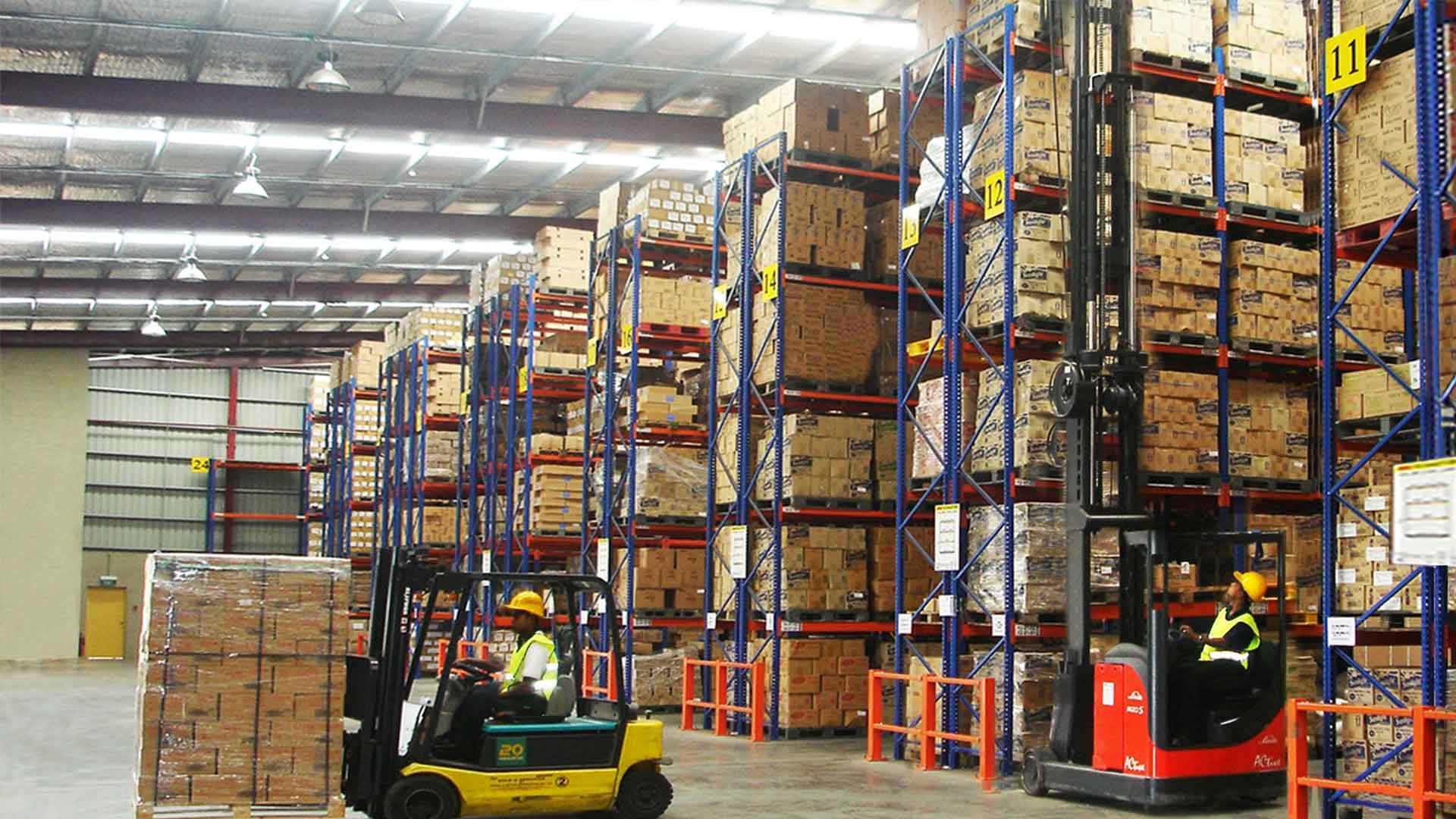
Once you contract with a 3PL you must develop a well thought out plan, coordinating with your departments and the 3PL as well as merchandise vendors, carriers and IT. Here are 20 critical tasks you need to consider to get the most out of the relationship: Project Management Tasks Developing and managing a comprehensive transition plan gives you the best opportunity to finish the project within budget, on schedule and with minimal risk. Seven important tasks: Project plan: Include all tasks by all groups with start and end dates, accountability for each task and associated costs. Set go Live date: If you can, make the move when your inventory is at its lowest point. Review long lead time tasks such as inventory movement and IT programming before setting dates. Plan status updates: Updates will require frequent communication with all parties and stakeholders. Don’t delegate this to the vendor. They don’t know all the parties and stakeholders. It’s your responsibility to control the project, costs and management reporting. Project timeframe: It depends on the number of SKUs, the volume of inventory to be moved and any complexities/uniqueness of the fulfillment process and systems. Simpler projects may take 90 days; complex projects four or five months or more. Have a full-time project manager: We recommend a full-time project manager with excellent knowledge of your fulfillment and good relationships with purchasing, inventory control and IT. They need to have the confidence of management and authority to direct the project. Establish liaison position: This part-time or full-time person will interface with the 3PL account management on a daily basis. Choose that person early and give them major project responsibilities. On-site visits: Be at the 3PL for the first week of go live to answer any questions and observe the operation. Be sure to establish contractual metrics to deliver results. Moving Inventory Accurately Here are five critical considerations involved in moving inventory to the 3PL: Quantities to move: Start by evaluating how much inventory you will need to keep at your existing warehouse. You can calculate the average unit demand for the last set number of weeks by SKU or from the previous year’s unit demand for the same time period. Give yourself a few weeks’ buffer in case there are any delays in go live. Don’t move dead stock: Evaluate aged or obsolete inventory and liquidate it. Remember the high cost of moving slow sellers to the 3PL. Inbound new receipts: Depending on the move-in date, modify the addresses of existing purchase orders. Typically, this will be product arriving within a week or two of go live. Receipt of inventory at 3PL: To minimize 3PL receiving costs on the initial inventory, discuss how the 3PL wants to receive it. Having accurate counts and documenting inventory to be moved greatly assists the 3PL’s receiving process and accuracy. What is the maximum pallet height at the 3PL? Palletizing back stock with a single SKU per pallet or a slip sheet to separate SKUs will reduce the effort and costs at the 3PL. Mark cartons with SKU/item identification and barcode. Identify every outgoing pallet with a corresponding bin/slot location in the 3PL. Mapping this out in advance minimizes the receiving and put away. Arranging truck transportation and scheduling: For larger fulfillment centers, it may take far more trucks to transport inventory to the 3PL than you realize. Accurately estimate number of pallets and contract early. Systems Considerations Many 3PL projects provide an all new array of systems functions and platforms requiring integrations/interfaces. Generally, IT tasks require longer lead times and several testing iterations to ensure data is being loaded/communicated accurately. Here are three types: 3PL data map: At a minimum, you will need to supply the 3PL with your SKU/item file with all data fields. Generally, a data template will be provided for programming the load. System interfaces: What systems do you need to integrate with? If your website will be interfaced directly to the 3PL, you will need their order data format. Are there other corporate systems to interface? Other outside services: Are you implementing Amazon’s Fulfillment by Merchant (FBM), EDI, new credit processors, big box retailers or a sales portal? These are complex interfaces that need programming, data mapping and testing? Will these interfaces require compliance and test certifications? Add realistic schedule timeframes for these complex systems. Setting Up 3PL Processes The 3PL will do a thorough analysis of your fulfillment processes. Here are five essentials: Define processes and procedures: Any of your training and procedure manuals will help convey written requirements to the 3PL to replicate your processes. With pre-assembled kits, for example, we recommend the 3PL visit and understand how you create them. If not documented, put as much in writing as you can. Shipping orders during the transition: In order to minimize lost sales from downtime, work out how to ship orders during the transition. Added labor cost: What labor and overtime will be budgeted for counting, palletizing and transporting merchandise? If you’re shutting down internal fulfillment, what labor is needed to complete the facility’s clean out and removal of fixtures and racks? Stay current with inventory updates. In order for you to monitor your inventory, receipts and shipments, you need to access 3PL’s client portal. Don’t wait until the last minute to review these reports/queries – this is an excellent task for the liaison. Processing returns: Coordinate with marketing for any content changes to the website and printed materials, such as new address and effective date. Moving your fulfillment to a 3PL is no small task. A well-developed plan and updating tasks and schedule to all stakeholders weekly is essential.
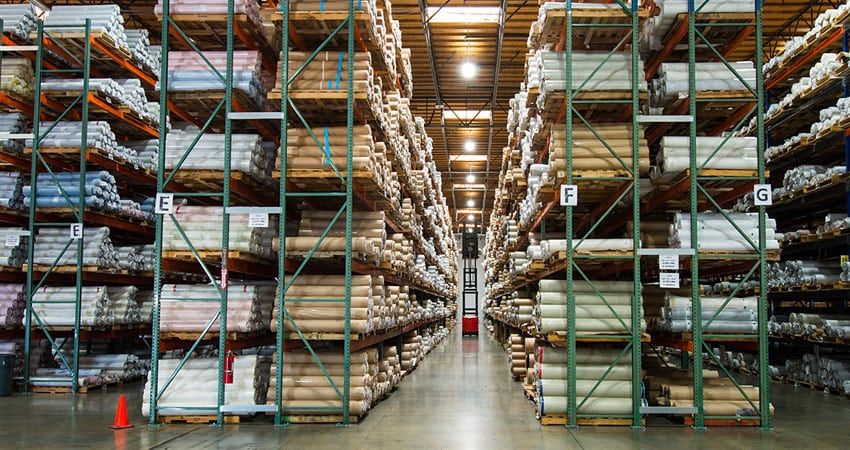
Here is Multichannel Merchant’s periodic listing of recent distribution center and fulfillment center activity in the domestic market: Amazon is reportedly looking to build a fulfillment center in excess of 1 million square feet on 100 acres in Gaines Township, MI formerly occupied by Steelcase. The company is also planning an 855,080-square-foot facility in St. Peters, MO, its first in the state, which will open in 2019. As it plans to liquidate its assets through bankruptcy, Toys R Us is closing down distribution centers in several states, including Wisconsin, New Jersey, Missouri, Hawaii, and Georgia, by May 14. Startup subscription service Bulu Box is expanding and opening up a second fulfillment center in Lincoln, NE, where it is headquartered. Dick’s Sporting Goods plans to expand a newly-opened 630,000-square-foot warehouse in Conklin, NY, eventually building it out to 930,000 square feet, the largest of its five domestic FCs. JC Penney recently sold a 2 million-square-foot distribution center in Wauwatosa, WI for $31.25 million. The DC and call center operation will close down this summer. Logistics giant Prologis plans to open a three-story, 590,000-square-foot distribution center in Seattle later this year, the first of its kind in the U.S. A three-story, 300-square-foot warehouse is also planned in Queens, NY to handle air cargo from nearby JFK International Airport. A new 1 million-square-foot distribution center in Chippewa Falls, WI was sold by CBRE for $50.3 million. Online clothing rental retailer Rent the Runway will open a 300,000-square-foot distribution center in Road in Arlington, TX later this year.
